Helping Kids To Love Reading & Writing
I so often get asked how, or if, or when we are teaching our children to read. And honestly, it’s been a bit of a confusing journey.
My initial intuition (influenced by Dr. Peter Gray, Happiness is Here, Alfie Kohn and many others) was to trust in my children completely and let them learn to read as early, or as late, as they naturally begin to (whilst this seems bizarre to my American friends, Finland only begins formal academic studies at age 7 – and still score tops on international standardized tests).
“Creativity is as important as literacy.” ― Ken Robinson
Still, I feel that, whilst children in literate societies are naturally drawn to read, this is a complex, multi-faceted process, and I do believe in adult participation.
I think of it like learning to ride a bike, perhaps. If left completely to his own devices, with no mention of bikes or bike riding , my child may, or may not take interest in the activity. He may one day ask me for a bike, but he might not. Or he might ask me, but only after years of watching others enjoy their bikes. Whilst he felt tentative, or anxious even, about his ability to ride. By the time he asks, he may have a build up of insecurity, or be at an age where taking educational risks becomes harder.
On the other hand, I don’t believe in forcing a kid onto a bike, or rewarding and punishing riding or not riding. I don’t believe in training wheels, either. I much prefer the balance bike method – which lays a strong foundation of true balance – and then, when the child is good an’ ready – riding a full two wheeler comes very quickly and easily.
I believe in the parent’s responsibility to acquire the bike, to make it available, and to support the child in their learning to ride it. Plus, it’s up to us parents to make sure that bike riding isn’t tainted with stressful, toxic dynamics, but to preserves it’s carefree, adventurous quality.
Ultimately, many skills go into learning to fully ride a bike. Spatial awareness, balance, hand eye coordination, fine and gross motor skills, navigation and even mechanics. And the learning never ends. We can get better and better, learn tricks, learn to ride different bikes at different speeds, etc. It is not a one and done.
Let’s apply all of this to learning to read:
Whilst I don’t sit down with my children and actively teach them to read, what I am providing (or attempting to provide) is by no means passive. My aim is to carefully and deliberately cultivate a rich culture of literacy (I buy the bike), one that lays a deep and sturdy foundation for a lifelong love of reading and writing (the balance bike method). I make sure my home is rich with books, letter games, reading materials… and that we have plenty of time to read them (allowing bike riding to be fun, carefree, frequent).
When I refer to “natural literacy” what I mean is an eclectic approach to this wonderful journey. And it is a journey. We like to think of reading as a box to be checked. “Tick!” Your child can read. But it’s actually a very long and very gradual process that begins in utero.
Here are TEN things we do to help our children with their solid foundation, and to cultivate that love of reading (by the way, this is by no means an exhaustive, instructive, “how to teach your child to read”):
- Read to your child and use audiobooks – the first and main way children learn to love books is by enjoying books with their loving adult. The association created when a child links snuggling, comfy coziness, and reading books is a hugely positive first connection.
When we read to children we expose them to a much wider vocabulary than we might have through mere speech. We expose them to narrative and story lines. We try to enrich the reading time by pointing to the words we’re reading, so that they’re actually learning to associate the letters and words with the ones we’re saying. And we stop to ask them: What do you think will happen next? How do you think he feels about that? Or offer them the chance to complete the rhyme. In this way, they are active participants in our reading time. They’re not spaced out and daydreaming (although that’s lovely too), but building the foundation for reading comprehension and love.
Once our children are ready to we also offer them audio books. (We use the Echo and buy books on Audible. We also have some CD’s for the car. Audio books are a wonderful way for children to be hearing yet more stories – and further expanding their love of and interest in books. My son is super-duper into “The Magic Treehouse” collection, which is wonderful. - Follow their interest in letters – Most children will naturally begin to notice and ask about letters and numbers. When a child takes interest, it’s the perfect (and most effective) time to give them tools and answers.
When we try to push phonics on toddlers, it’s like putting a one year old on a bike. Sure, with enough pushing, prodding and cajoling, you might just get them to ride before they’re 3. But at what cost? And at what benefit? Rather, let them get super strong in their legs, ride a tricycle, a balance bike and eventually a two wheeler… when their foundation is solid. Are there some (rare) two year olds who can simply ride a bike and want to? Sure. And that’s wonderful. But it doesn’t seem to be what most children need. Notice and celebrate your children’s initial interests… their first scribbles, their first questions about letters or words… notice these and cherish them. - Start with writing – many teachers and homeschoolers have noticed that it’s much easier to start with creating the letters, copying them out, and playing with them first (rather than decoding them). This gives children the chance to explore the letter forms, and an intimate sense of the shape of each letter. They themselves have created these letters before. I’ll add here that having 3D letter forms (such as these Montessori letters or magnetic letter sets) are also key in creating a sense of deep familiarity with each letter. We love the “Handwriting Without Tears” workbook – I only get them out for my son when he wants to, which is pretty often (once or twice a week?).
- Focus on letter sounds, not letter names. When we teach children the ABCs we often neglect to teach them the sound each letter makes. But it’s actually far more important to know that “M” says “Mmmmm” than to know that it’s called “Em”. So when initially showing children letters, it’s highly beneficial to ensure that they know the sounds the letters make (along with their name, too). Another key to this is to “blend” words. This is when you stretch out words such as ccc-aaaaa-t – showing kids that each and every word is broken into different letters (this may seem obvious but it’s not to them).
So when you’re reading them a book, you could randomly pick some short words and break them down for your child by saying each letter sound slowly, and then stringing them together. Blending and phonics is a topic for another post, but I didn’t want to complete ignore this important step here as well. - Expose them to sight words – You will almost certainly have to teach your child phonics (the basic sounds that make up the English language) and blending – but there are about 100 common sight words that are helpful and necessary to learn pretty much off by heart – simply by recognizing the shape of the word (also because these words typically don’t follow the rules). I like to use Bob books for both of these.
- Rhyming – In the early years especially, reading rhyming books such as Seussis particularly helpful in forming a solid reading foundation. When you’re singing or reading these to your baby, you may not realize that you are already teaching reading.
We also love to sing songs or play word games. I’ll start with “bat” and my son will follow with “cat” and then I’ll say “hat… We might play this in the car, or at home, in which case we’ll write it out with our Montessori letters and switch out the first letter each time. - Do it on the go– Often the idea of sitting down with a text book brings out the worst in both parents and kids. But there are plenty of literacy opportunities out in the world, from road signs to menus, from site maps to the mail. Realizing that kids may be far more motivated to read when they see how relevant and applicable these words are to their real life.
- Show them your love of reading – If children sometimes see you reading for pleasure, they subconsciously get the concept that reading is a choice people make for fun. For the joy of it. I try to make a point for my kids to “catch me reading” a few times a week, and when they ask me to come play, or get them something I’m unapologetic in saying “I’m just reading. When I’m done with this chapter we can do that.” Because I enjoy it (which is reason enough). And because I want them to see that reading is a priority for me.
- Don’t praise, criticise, punish or reward – so many of the schemes devised to get kids to read more make it seem like reading is the worst thing ever. So boring, annoying and hard, in fact, that we should pay you, incentive you and praise you profusely when you do it.
- I believe reading should be treated like an obvious joy that anyone in their right mind would want to master, albeit gradually, slowly, and with a lot of support. That’s why I don’t believe in external motivators for reading, which to me inhibit the intrinsic joy that is the benefit of gaining knowledge, going on an adventure, or discovering a new world.
- Treat your books with respect – Finally, use the physical environment at home to convey the message for you that books, reading, and writing are important. Declutter your books and doctor those that are in bad shape. Make sure the bookshelves aren’t bursting so that you can actually read those that you own. Have writing materials easily and readily available, and encourage your children’s doodles and scribbles.I would love to hear what you have to add to this conversation, and what other topics you’d like for me to cover with regards to teaching natural literacy. Write your thoughts in the comments below!



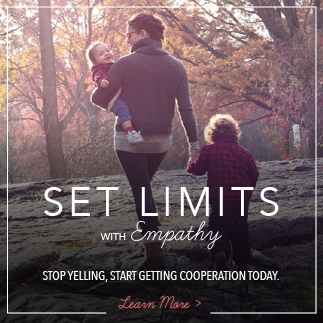
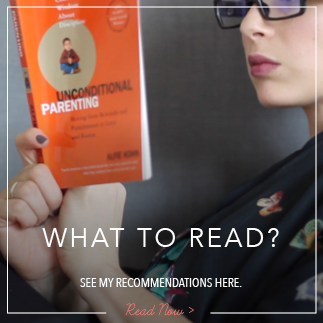
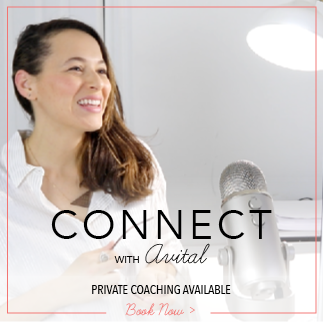


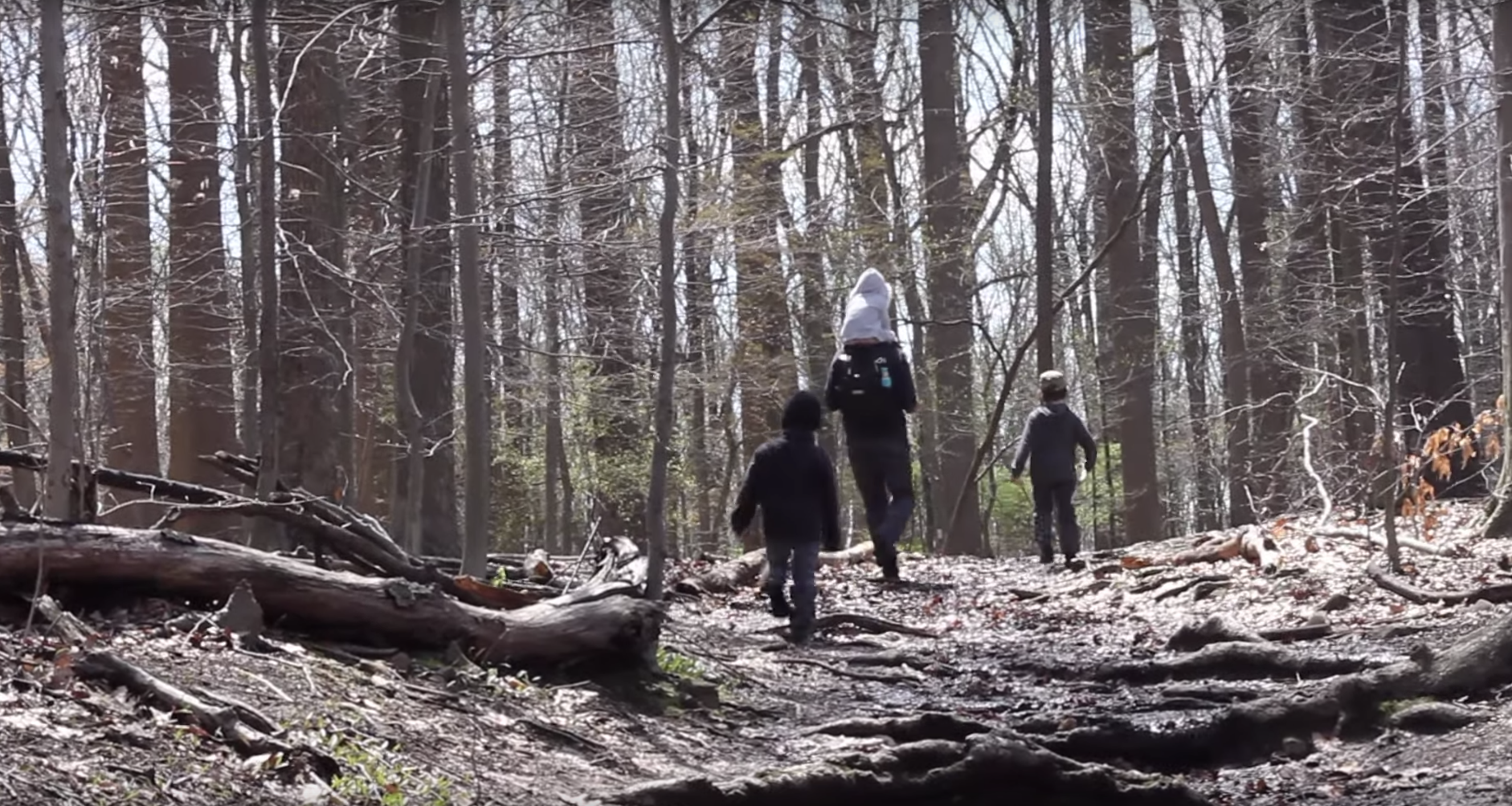
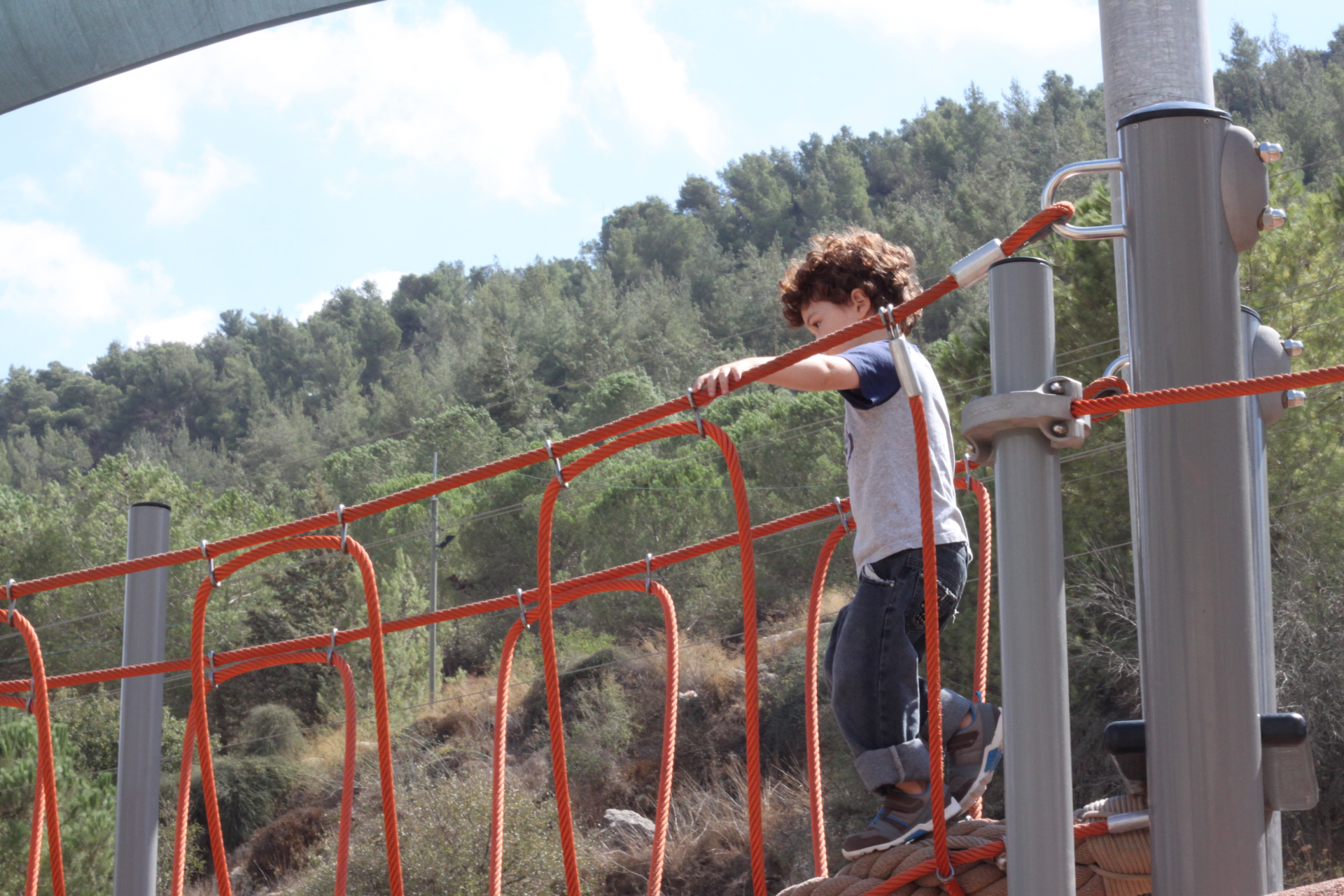
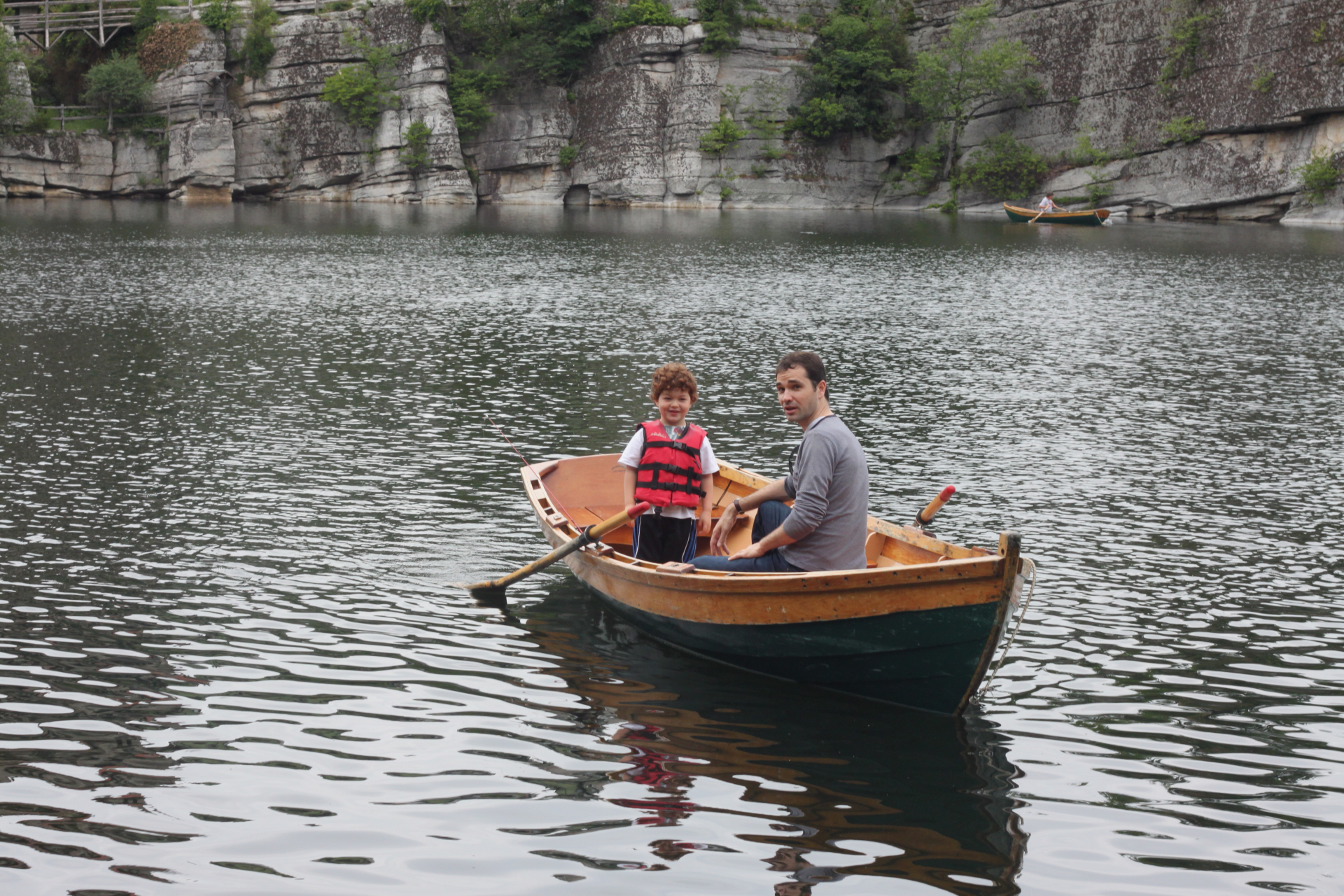
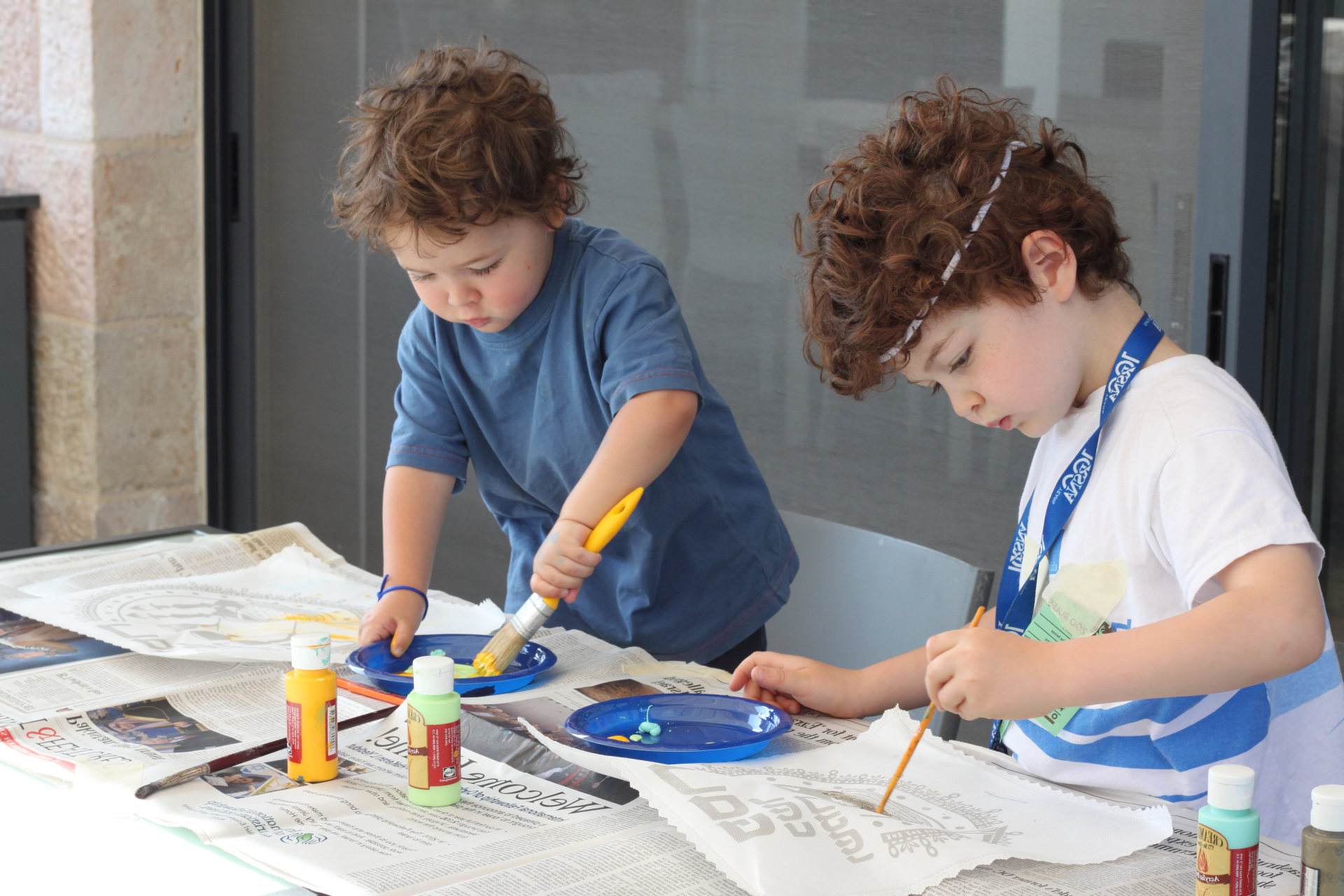

0 comments